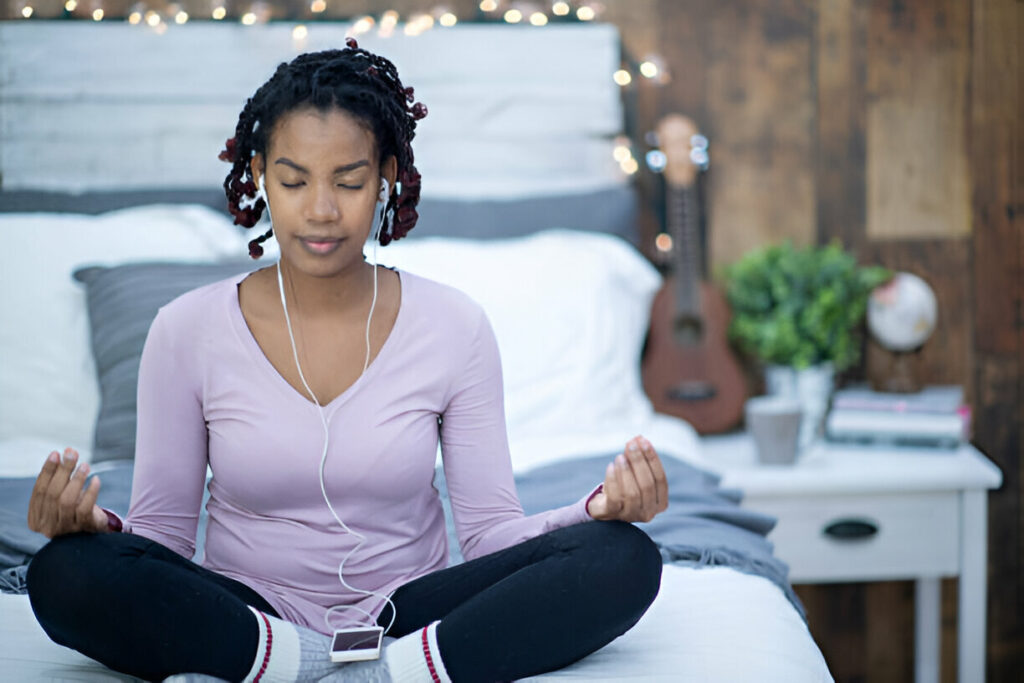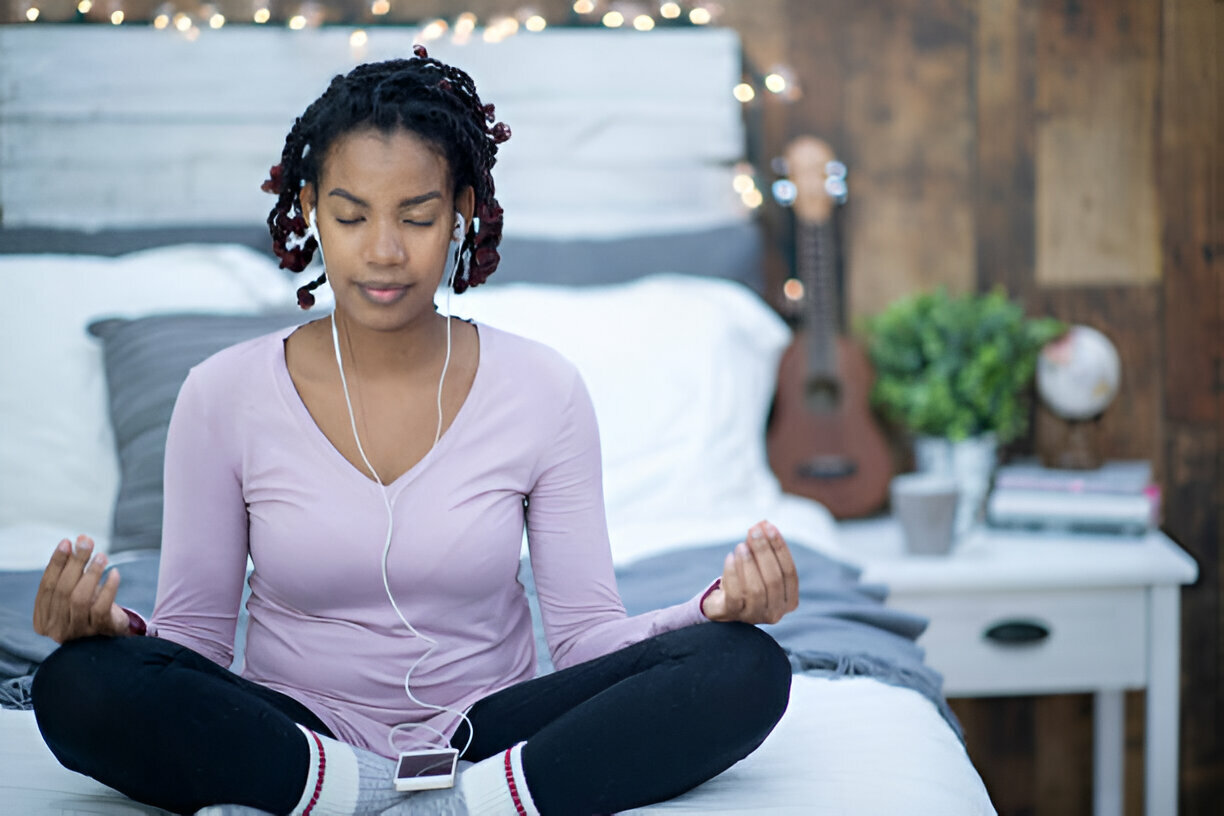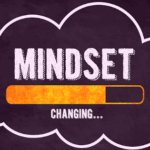Now Reading: Mindfulness Beyond Meditation: 7 Daily Practices for Modern Life
-
01
Mindfulness Beyond Meditation: 7 Daily Practices for Modern Life

Mindfulness Beyond Meditation: 7 Daily Practices for Modern Life
Think mindfulness means sitting cross-legged for hours, trying to empty your mind? Think again. In 2025, mindfulness is evolving beyond formal meditation, offering practical, everyday ways to boost your mental health—no quiet room or incense required. With stress, burnout, and digital overload at all-time highs, more people are seeking accessible tools to find calm and clarity. The good news? You can cultivate mindfulness while sipping your morning coffee, walking to work, or even scrolling your phone.
This article explores seven beginner-friendly practices that seamlessly fit into your busy life, helping you reduce anxiety, improve focus, and feel more grounded. From single-tasking with intention to taking mindful digital detox breaks, these activities prove that mental health support is within reach, even on your busiest days. Ready to discover mindfulness without meditation? Let’s dive into these simple, transformative practices for a healthier mind in 2025.
Why Mindfulness Matters for Mental Health in 2025
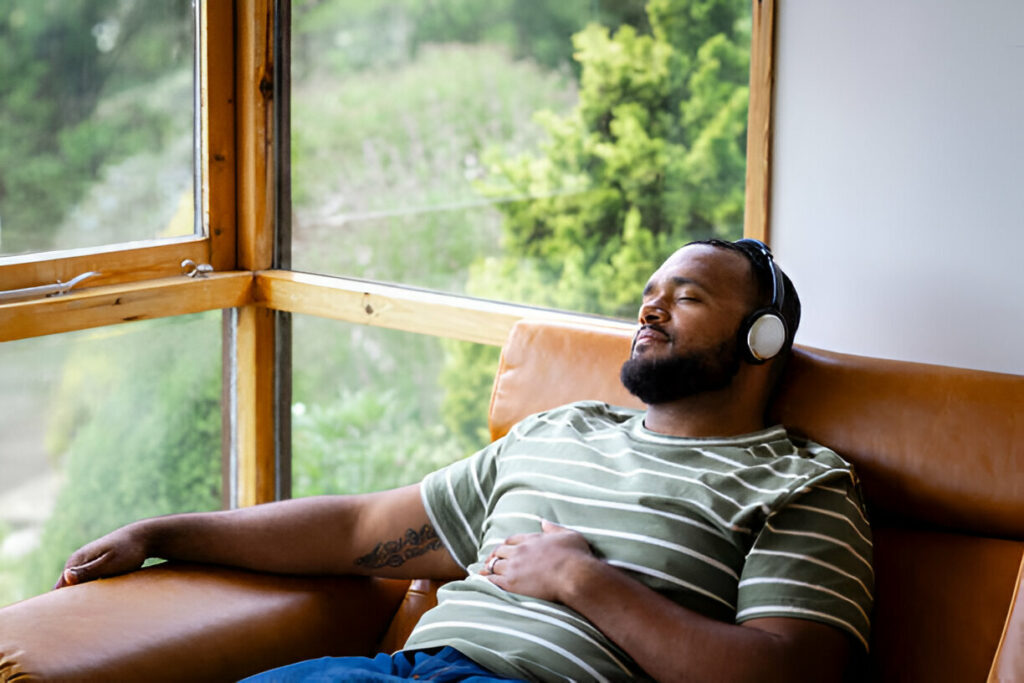
In 2025, mental health challenges are more pressing than ever. Stress, burnout, and digital overload are on the rise, with 1 in 5 adults reporting increased anxiety due to work and social media pressures (CDC, 2024). The constant ping of notifications and the pressure to multitask leave many feeling overwhelmed, with 40% of people struggling to focus daily. Mindfulness offers a solution, helping to reduce anxiety, improve focus, and promote emotional balance. Studies show that mindful practices can lower stress by 20% and enhance mood stability, even without formal meditation.
For beginners or those with packed schedules, non-meditation mindfulness practices are a game-changer. They don’t require special training or long time commitments—just a shift in attention during everyday activities. Whether you’re eating, walking, or working, these practices help you stay present, cutting through the noise of a busy life. As mindfulness expands beyond traditional meditation, it’s resonating with audiences craving practical, accessible ways to support their mental health. In a world that demands constant productivity, these simple techniques offer a way to pause, recharge, and thrive. Let’s explore six everyday mindfulness practices that anyone can start today.
7 Everyday Mindfulness Practices for Mental Health
Here are six non-meditation mindfulness practices that fit into your daily routine, helping beginners improve mental health with ease. Each takes just a few minutes and requires no prior experience.
1. Mindful Breathing During Daily Transitions
Mindful breathing turns everyday transitions into opportunities for presence. Use natural pauses—like starting your car, waiting for your computer, or walking through doorways—to take deep, intentional breaths. These micro-practices anchor you in the moment without requiring extra time. The benefits are profound: reduced cortisol levels, improved mental clarity, and prevention of stress accumulation. By creating space between activities, you avoid carrying tension from one task to the next.
Research shows that even three conscious breaths can shift your nervous system from “fight or flight” to “rest and digest.” Dr. Sarah Johnson, a mindfulness expert, explains that these brief resets prevent chronic stress activation. The practice enhances oxygen flow to the brain, sharpening focus and decision-making while fostering calm.
2. Sensory Awareness While Eating
Transform meals into mindfulness exercises by engaging all five senses. Observe your food’s colors and textures, inhale its aromas, and chew slowly to savor each flavor. Place utensils down between bites to avoid mindless eating. This practice not only deepens enjoyment but also improves digestion and satisfaction with smaller portions.
Studies show mindful eating reduces emotional eating by 40% and increases meal satisfaction. By focusing on hunger cues and eliminating distractions, you cultivate a healthier relationship with food. These mindful pauses also strengthen overall presence, making meals a gateway to broader mindfulness.
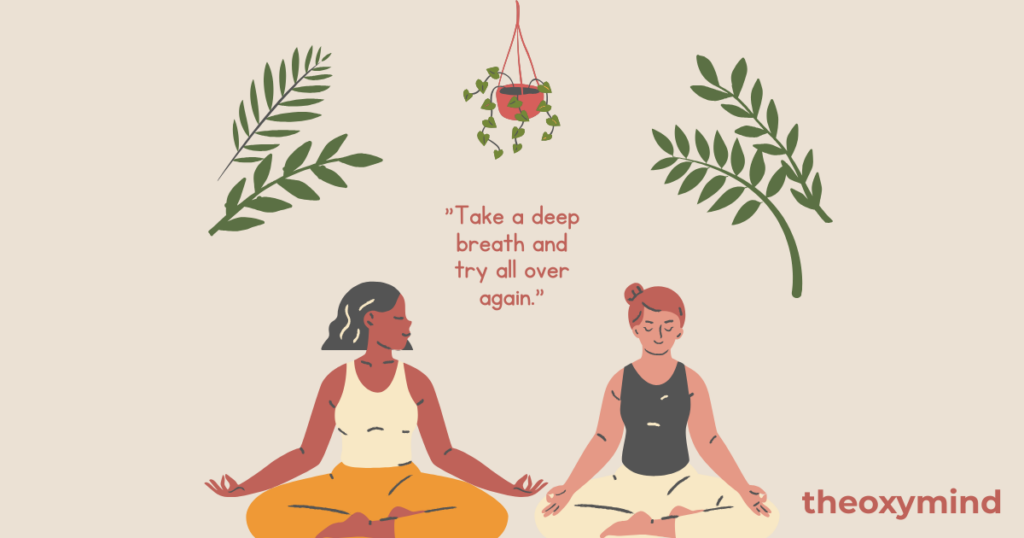
3. Body Scan Technique During Routine Activities
The body scan brings awareness to physical sensations during daily tasks, like showering or sitting at a desk. Notice tension in common stress areas (shoulders, jaw, forehead) and consciously relax them. Even traffic jams can become opportunities for body awareness, reducing frustration and physical strain.
Research from UMass Medical School shows regular body scans lower cortisol by 20% and improve emotional regulation. This practice enhances the mind-body connection, helping you recognize and release stress before it manifests as pain or anxiety. A pre-sleep body scan also improves rest by easing accumulated tension.
4. Mindful Movement Throughout Your Day
Turn routine movements—walking, stretching, climbing stairs—into mindfulness exercises. Focus on the sensations in your body rather than performing actions mechanically. Brief “mindful minutes” at your desk can reset focus and reduce physical tension.
This practice boosts circulation, mental clarity, and emotional balance by grounding you in the present. Physical therapist James Chen notes that shifting from “doing” to “experiencing” movement decreases discomfort and enhances mood. It transforms wasted time (like waiting in line) into moments of presence.
“In the chaos of daily life, mindfulness is the gentle whisper that reminds us to breathe, to feel, to be—right where we are.”
5 Journaling for Emotional Clarity
Spend 5 minutes journaling your thoughts and feelings. Write freely—maybe about a stressful moment or something you’re grateful for. Don’t worry about grammar; just let your emotions flow. Research shows journaling can reduce depressive symptoms by 15%, helping you process emotions and gain clarity. It’s a simple way to practice mindfulness through self-reflection.
6 Mindful Eating for Connection
During your next meal, take 5 minutes to eat mindfully. Turn off screens, chew slowly, and savor each bite—notice the flavors, textures, and smells. This practice helps you connect with your food and body, reducing mindless eating. It also fosters gratitude for nourishment, enhancing your emotional well-being on a busy day.
7 Digital Detox Moments
Set aside 5 minutes for a digital detox. Put your phone on “Do Not Disturb,” step away from screens, and focus on your surroundings—maybe stretch, breathe deeply, or sip water. Digital detoxes reduce screen-induced stress, with studies showing a 10% mood improvement after brief breaks. It’s an easy way to reclaim mental space.
Related: The Psychology of Color: Your Environment Affects Your Mental Health
How to Integrate These Practices into Your Daily Life
Integrating mindfulness into your daily life is easier than you think, even with a busy schedule. Start small—choose one practice, like the 3-minute sensory awareness exercise, and do it daily for a week. Pair mindfulness with existing routines: try mindful eating during lunch or single-tasking while replying to emails. Consistency matters more than duration, so even 2-3 minutes can make a difference.
Time constraints can feel daunting, but these practices are designed to fit seamlessly into your day. If you’re feeling overwhelmed, start with just one minute of mindful walking during a break. Track your progress in a journal or app to stay motivated—small wins, like feeling calmer after a digital detox, build momentum. Apps like Daylio can help you log your mindfulness habits alongside mood tracking.
Tools and Resources for Everyday Mindfulness
Enhance your mindfulness journey with these tools and resources. Apps like Daylio let you journal thoughts and track moods, making emotional clarity a breeze.
Wysa is a personal wellbeing coach. For digital detoxes, Forest encourages you to stay off your phone by growing virtual trees—perfect for short, mindful breaks. Both apps are beginner-friendly and free to start.
Genius Wave– a neuroscience-based device that uses sound waves to promote relaxation and mental clarity, aiding healing.
Offline, books like The Art of Noticing by Rob Walker offer creative ways to stay present in daily life. These tools make mindfulness accessible, helping you reduce stress and stay grounded without formal meditation. Start with one resource today, and take a step toward a calmer, more focused you.
Conclusion: The Mindful Life
Mindfulness isn’t something we do—it’s a way we can be in every moment. These seven practices demonstrate that cultivating mental well-being doesn’t require retreating from daily life but can happen within it. By bringing quality attention to ordinary experiences, we transform them into extraordinary opportunities for growth, healing, and presence.
Begin with whichever practice resonates most with you, starting small and building consistently. The benefits of these accessible approaches extend far beyond the moments of practice themselves, gradually reshaping your relationship with your thoughts, emotions, and experiences. In a world that often pulls us away from ourselves, these simple practices offer a path back to presence—and the mental health benefits that naturally follow.




